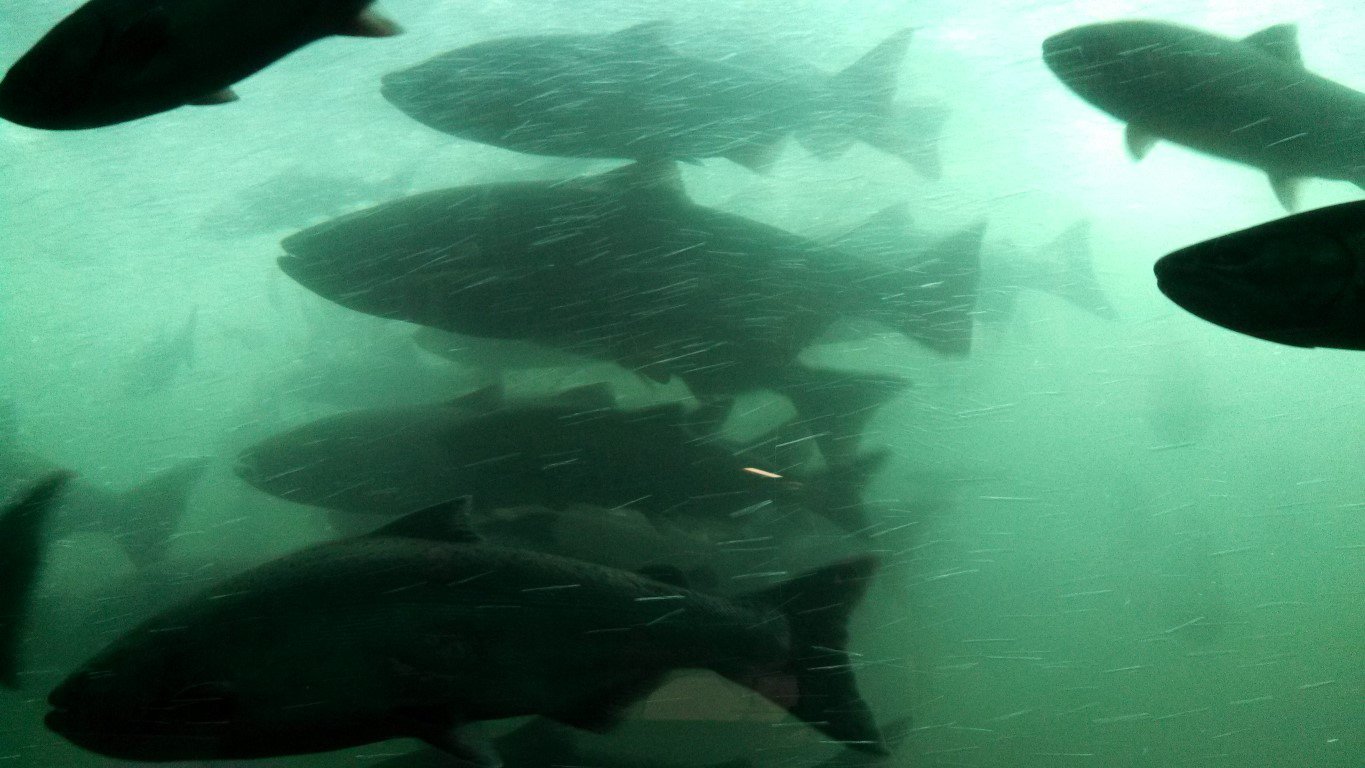Snake River fall Chinook make an impressive comeback
- May 09, 2014
- John Harrison

Snake River fall Chinook salmon are making an amazing resurgence. The return of adult fish from the Pacific Ocean to Idaho rivers in 2013 was 75,846 fish. Of these, 20,222 were wild fish, a remarkable 26,000% increase from 1990, when just 78 wild fish were counted. 1990 was the year the Nez Perce Tribe and partners including the Idaho Department of Fish and Game, NOAA fisheries, the Northwest Power and Conservation Council and many others began an effort to rebuild the stock.
It was an effort “born in anger,” Nez Perce fisheries management director Dave Johnson told the Council at its May meeting in Boise. “The run had tanked,” he said. It was a long-term effort, for sure, Johnson said, commenting that “it took longer to get this recovery program in place than to build the lower Snake River hydropower system.”
But, he said, “it worked.”
Indeed, it has. This year the total run is forecast at 70,000 fish, comprising 27,500 wild and 25,500 hatchery-origin fish, and 17,000 jacks.
Bill Booth, an Idaho member and former chair of the Power Council, called the success of the fall Snake River Fall Chinook program “a tribute to perseverance and collaboration.”
Jay Hesse, fisheries research director for the tribe, listed a familiar litany of impacts that contributed to the decline of the species including overharvest downriver from the Snake, habitat loss from mining, logging, and other land uses, the impacts of hatchery practices -- beginning as long ago as 1905 -- that did not protect the genetic integrity of the Snake River fish, and the impacts of drought and variable ocean conditions. Legal mandates have played a positive role in helping restore the species, he said, including the Lower Snake River Compensation Plan hatchery program, Idaho Power Company’s work to operate its Hells Canyon Complex of three dams in ways that help protect spawning fall Chinook, the operation of the Nez Perce Tribal Hatchery, which was created through the Council’s Columbia River Basin Fish and Wildlife Program and funded by the Bonneville Power Administration, and others.
As measures of its success, Hesse noted the program:
- Avoided extinction of Snake River Fall Chinook
- Maintained native stock structure of the species
- Provided considerable downriver fish harvest
- Re-established tributary fisheries
- Re-established the marine-derived nutrient food web connection
- Met project-area mitigation goals
- Multi-entity collaboration



